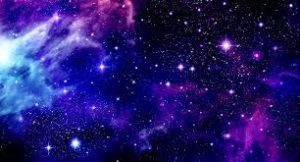Ultra Violet (UV)-bright stars:

Astronomers have spotted rare hot Ultra Violet (UV)-bright stars in the massive intriguing globular cluster in the Milky Way Galaxy called NGC 2808.
- India’s first multi-wavelength space satellite AstroSat helped astronomers in this.
Data:
- Scientists combined data of Ultraviolet Imaging Telescope (on board AstroSat) with observations made using other space missions such as the Hubble Space Telescope and the Gaia telescope along with ground-based optical observations.
- Hubble Space Telescope: The HST or Hubble (NASA) is a space telescope that was launched into Low Earth orbit in 1990 and remains in operation. It is one of the largest and most versatile space telescopes till date.
- Gaia is a space observatory of the European Space Agency, launched in 2013 and expected to operate until 2022.
- The spacecraft is designed for astrometry: measuring the positions, distances and motions of stars with unprecedented precision.
Findings:
- About 34 UV-bright stars were found to be members of the globular cluster (NGC 2808).
- One of the UV-bright stars was found to be about 3000 times brighter than the Sun with a surface temperature of about 1,00,000 K.
- Hot UV-bright stars have been distinguished from the relatively cooler red giant and main-sequence stars.
- Most of the stars were found to have evolved from a solar stage called the horizontal branch stars with hardly any outer envelope.
- Thus, they were bound to skip the last major phase of life called the asymptotic giant phase (it is one of the last major phases in the life of stars) and directly become dead remnants or white dwarfs.
- The horizontal branch (HB) is a stage of stellar evolution that immediately follows the red giant branch in stars.
About NGC 2808:
- NGC 2808 is a globular cluster in the constellation Carina.
- The cluster belongs to the Milky Way and is one of our home galaxy’s most massive clusters, millions of stars. It is estimated to be 12.5-billion years old.
- It is said to have at least five generations of stars.




